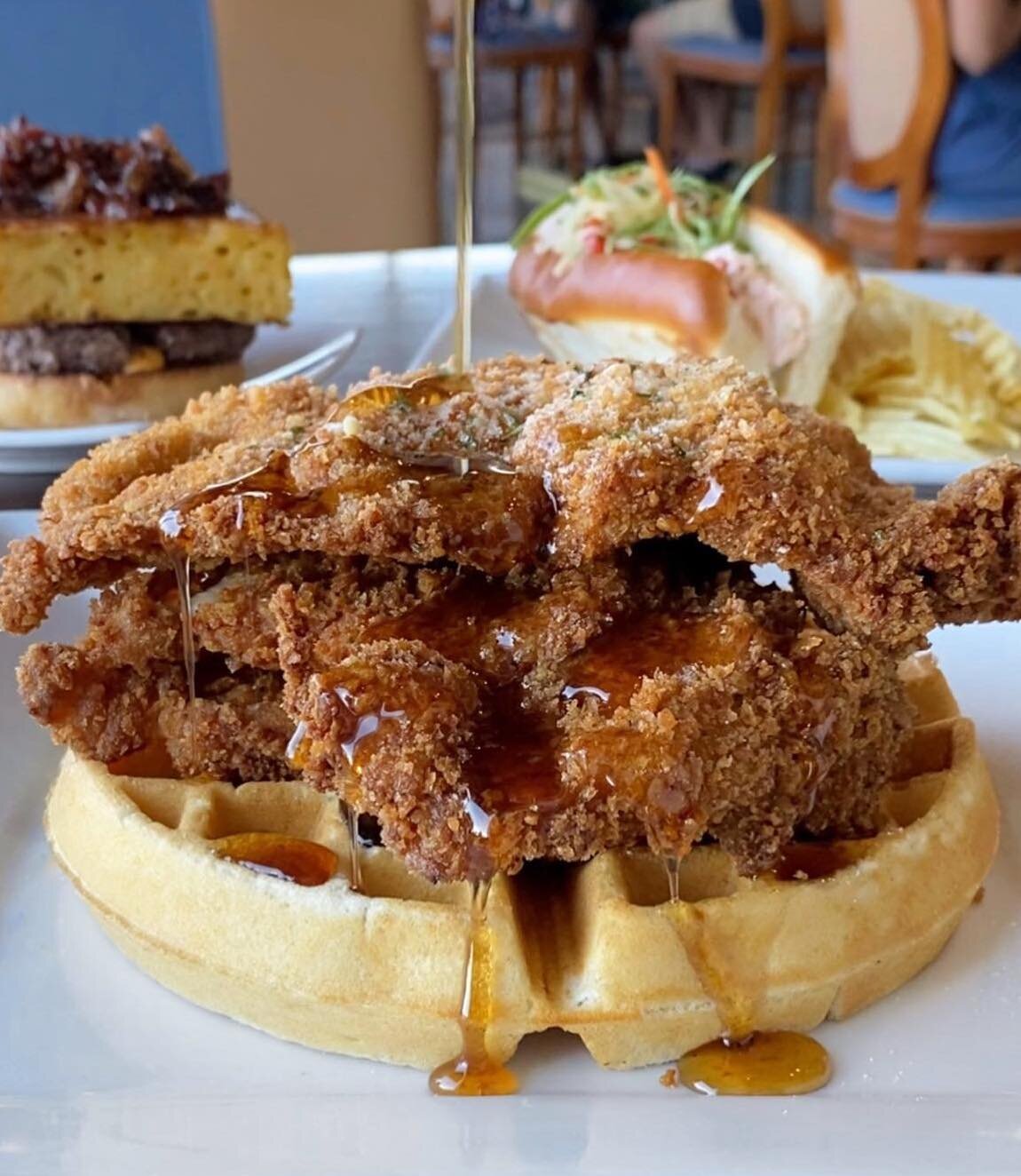A recent study published by the Journal of Internal Medicine found that over 80% of COVID-19 patients studied experienced some loss of taste and smell due to the disease. A small percentage of patients were suffering from this sensory affliction even six months after the infection.
The Centers for Disease Control and Prevention (CDC) initially failed to recognize the link between the loss of taste and smell and COVID-19. Eventually, however, the CDC acknowledged this strange symptom experienced by many people who contracted coronavirus.
Individuals struggling with this side effect can still enjoy food using creative culinary solutions.
Creative Culinary Solutions
As with any unsolved mystery, the internet provided a variety of solutions. Most notable was the burnt orange remedy, which suggests that eating brown sugar mixed with charred orange will recover lost senses.
While the burnt orange solution was popular with social media users, researchers could not verify the results. Medical professionals recommend that you don’t believe everything you read on the internet.
Luckily, guidance is available to help those suffering from anosmia (the total or partial loss of smell) and parosmia (strange and unpleasant smell distortions), conditions that can affect one's ability to taste.
Trigger Ingredients
People experiencing loss of taste also discovered a distaste for specific foods, known as trigger ingredients. According to the non-profit cooking school Life Kitchen, coffee, roasted meats, onions, garlic, and eggs taste particularly disgusting to those affected. Download this free digital cookbook, which lists offensive ingredients you might want to omit from your menu and suggests interesting textures and temperatures to include.
Flavor of Textures
Losing the ability to taste and smell is a "side effect that can make mealtimes difficult and isolating," according to Life Kitchen. This non-profit organization creates recipes for those experiencing an altered sense of taste due to cancer or COVID-19.
When flavors become dull due to illness, turning to other senses, such as touch, can make foods more enjoyable. Life Kitchen recommends including textures such as “sticky or chewy, creamy or crunchy” while cooking to help those suffering regain the pleasure of eating.
Chicken & Waffles
courtesy of Truffles N Bacon Cafe
Flavor of Temperatures
Diversifying food temperatures is another simple way to increase the enjoyment of eating, especially for those struggling with anosmia or parosmia. Contrasting temperatures, such as “warm flaky pastry dipped into smooth chili yogurt,” will add interest to your senses, suggests Life Kitchen.
Preserved lemon, feta and za’atar twists
courtesy of Life Kitchen
The Fifth Sense
Umami is the key ingredient to give your dish a flavor boost. “Using umami can intensify taste and stimulate saliva,” says Life Kitchen. Seek out menu items containing mushrooms, soy sauce, miso, cheese, or potatoes to experience the mouthwatering effect.
Wood fired stuffed mushrooms
courtesy of Piante Pizzeria
Final Course
This strange symptom can be upsetting and can complicate your relationship with food, but it will not last forever. According to MIT Medical, most individuals who have lost some degree of smell or taste regained their senses within 28 days.
Eating foods with a variety of temperatures and textures while foregoing triggering ingredients will do the most to combat a sudden sensory loss from COVID-19.
ABOUT THE AUTHOR
Melissa Dimmitt, Marketing Communications Coordinator
Melissa began her digital marketing career nearly a decade ago at a restaurant group. She worked with restaurant managers and executive chefs while coordinating seasonal menu releases, executing photoshoots, and creating fresh digital content.





